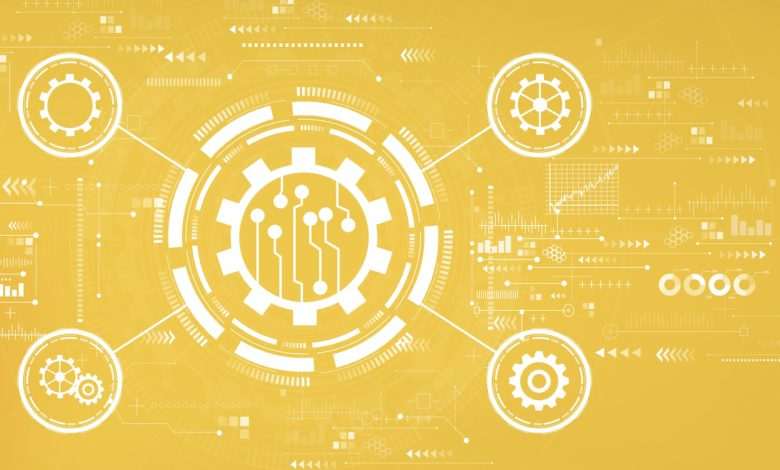
We live in a data-driven world. According to a study by International Data Corporation (IDC), the global data sphere will grow from 45 zettabytes in 2019 to 175 zettabytes in 2025.
In many sectors, companies are recognising that if they are to deliver real business value and remain competitive in a constantly changing marketplace, it is imperative that they invest in the ever-better management of their business process.
In the financial sector, for instance, Deloitte estimates that the volume of unstructured data is nine times greater than that of structured data because new applications for accounts and loans require ever more verification. So, for pretty much any future-thinking company, the only way to remain effective is to make the best possible use of technology to process the growing deluge of data.
Unfortunately, all too often, the processing of what are typically repetitive paper-based tasks is done manually, a slow and error-prone activity that’s universally disliked by anyone who has to do it.
So not only is this way of working a productivity drain that sucks up resources, but it also has the potential to incapacitate a business, as COVID-19 has shown us. The advent of widespread remote working in the wake of lockdown has highlighted how organisations that are reliant on location-based working can be left vulnerable and potentially compromised without access to physical filing cabinets.
So, while implementing an enterprise content management (ECM) system has a vital role to play in managing information, the low-quality administrative burden of having to gather and ‘pre-process’ data remains, which is where robotic process automation (RPA) comes into its own.
Uniting artificial intelligence, robotics and business process automation, RPA is perfect for taking on the underlying ‘grunt work’ of mouse clicking, copying and pasting, and opening and closing applications – all of which it can do in moments rather than minutes. This makes it ideal for performing rule-based, repetitive manual tasks like information collection and data entry — and especially so during periods of severe pressure. As we are seeing as a consequence of the pandemic, many companies are faced with a huge backlog of processing work that could be dealt with faster and more effectively using RPA tools to sort, assess and triage.
With the benefit of platform independence, RPA has the capacity to integrate data from different systems into a single point of reference. This allows organisations to overcome interoperability issues arising when new and legacy IT systems are brought together. As a result, no data gets lost or trapped in a silo, which is what normally happens when an additional application is introduced.
And given that RPA bots can precisely follow pre-set workflows, and do so continually without any efficiency drop-off, there is also the potential to cut the incidence of processing errors, and the associated time and cost that goes with resolving them. RPA helps removes the potential for human error – the fewer the hands touching information, the lower the risk of accidental, or intentional, data breaches.
RPA is of obvious benefit to those organisations operating in sectors such as healthcare, law and finance, where there is a strong compliance framework and the security of sensitive confidential and personal data is paramount. As part of this, when there is a need for clear audit trails and chains of custody, an RPA system can record every data action without fail, reducing the risk of exposure. This means that there is much less likely to be the data gaps, errors, or missed malicious events that can occur when humans log data via different applications or across multiple sites.
We operate in a world where growing digitalisation, regulation and customer expectation all require uninterrupted data access. Given that challenge, RPA is key in business interruption planning, since core processes and associated data can easily be backed up and later restored off-site.
Bringing any new technology system into an organisation inevitably raises concerns about potential disruption, the difficulty of roll out and, of course, the cost. However, in reality, implementing an RPA platform is less complicated, as it does not interfere with any existing legacy systems. This means that, with certain solutions, organisations can deploy end-to-end programme that can accelerate ROI with significantly reduced integration costs and managed across business departments.
For many, RPA is a good starting point for their digital transformation journeys, as it enables an organisation to begin the process immediately, without having all the other components of a wider change strategy in place. It also complements very effectively any existing ECM system, or one that might be implemented in the future.
And, by working with a provider with the right solutions and knowledge, RPA can become part of an effective integrated solution that delivers real benefits, with minimal risk of disruption.
With consumers in every sector increasingly looking for a better customer experience and more personalised real-time engagement, all organisations need to think long and hard about how best to infuse data into their workflows. RPA can help you do that by extending the value of your business applications as part of an intelligent automation process that will be so essential to your future growth and competitiveness, whatever market you are in.





